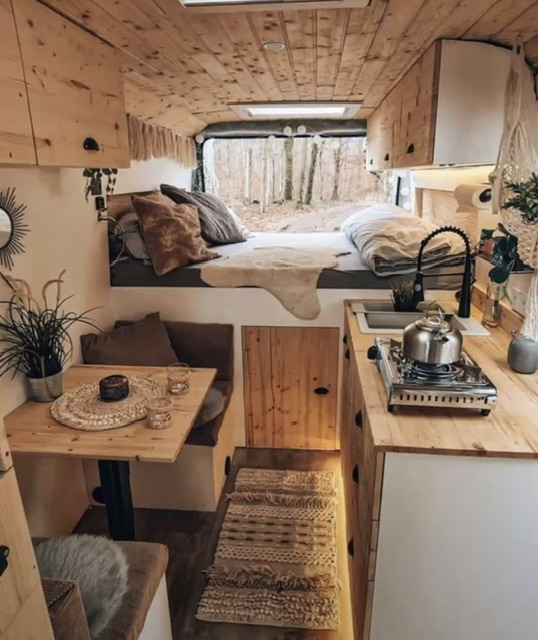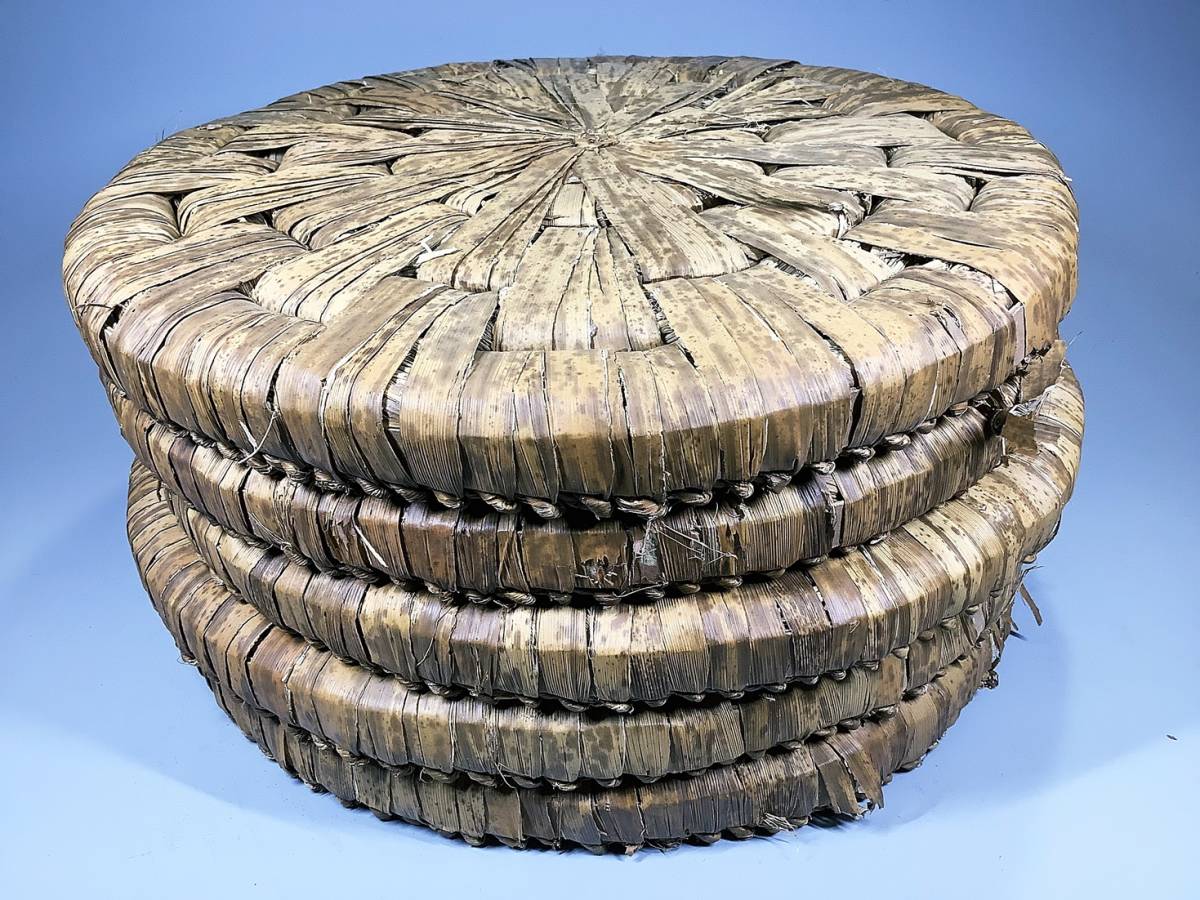The Underconsumption Life
Eleanor Pringle Fortune meets the millionaires who amassed their seven-figure fortunes through an underconsumption lifestyle, which has opened up doors for flexible working and early retirement. How do the rich stay rich? Apparently, by acting like they're not. In a world of fast fashion, TikTok trends and next-day delivery, it might be easy to splash a six-figure salary on all the latest consumables. But the high net worth individuals and $100,000+ earners Fortune spoke to said the opposite: They try and keep their discretionary spending as minimal as possible, preferring the impact it has on their finances. While their friends might enjoy eating out a couple of times a week, they choose to cook for themselves—in fact, they even buy frozen groceries because they're cheaper than fresh. Some choose not to own cars, mend their own 'capsule' wardrobes and find some of their children's toys on Facebook marketplace. These individuals—in some cases unconsciously—are living an 'under-consumption' or 'low consumption' lifestyle. The phrase began to spread on social media sites like TikTok after individuals started sharing their weekly grocery shop or make-up cabinet to counter the infinite shopping hauls or wishlists often found on the app. The advice from the 'underconsumption core' community included setting no-buy challenges or decluttering spaces packed with items you're not using. For the individuals Fortune spoke to, these habits are already second nature. And having lived the underconsumption life for most of their adult years, their bank balance is reaping the rewards. 'I shop in the frozen section at Aldi' Author and entrepreneur Shang Saavedra and her husband didn't build a multi-million dollar net worth overnight. In fact, it was in their respective childhoods that they learned the value of frugal living. Renting a four-bed home in the suburbs of Los Angeles, the pair share



